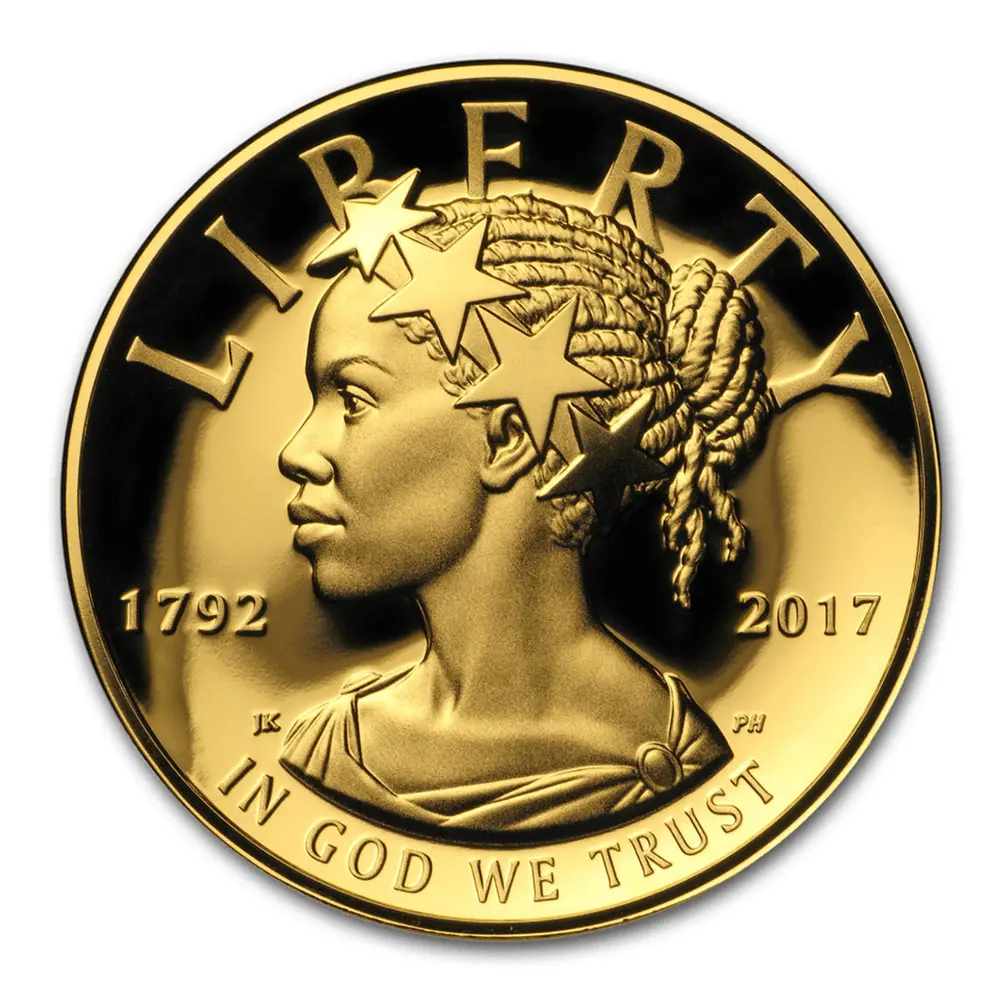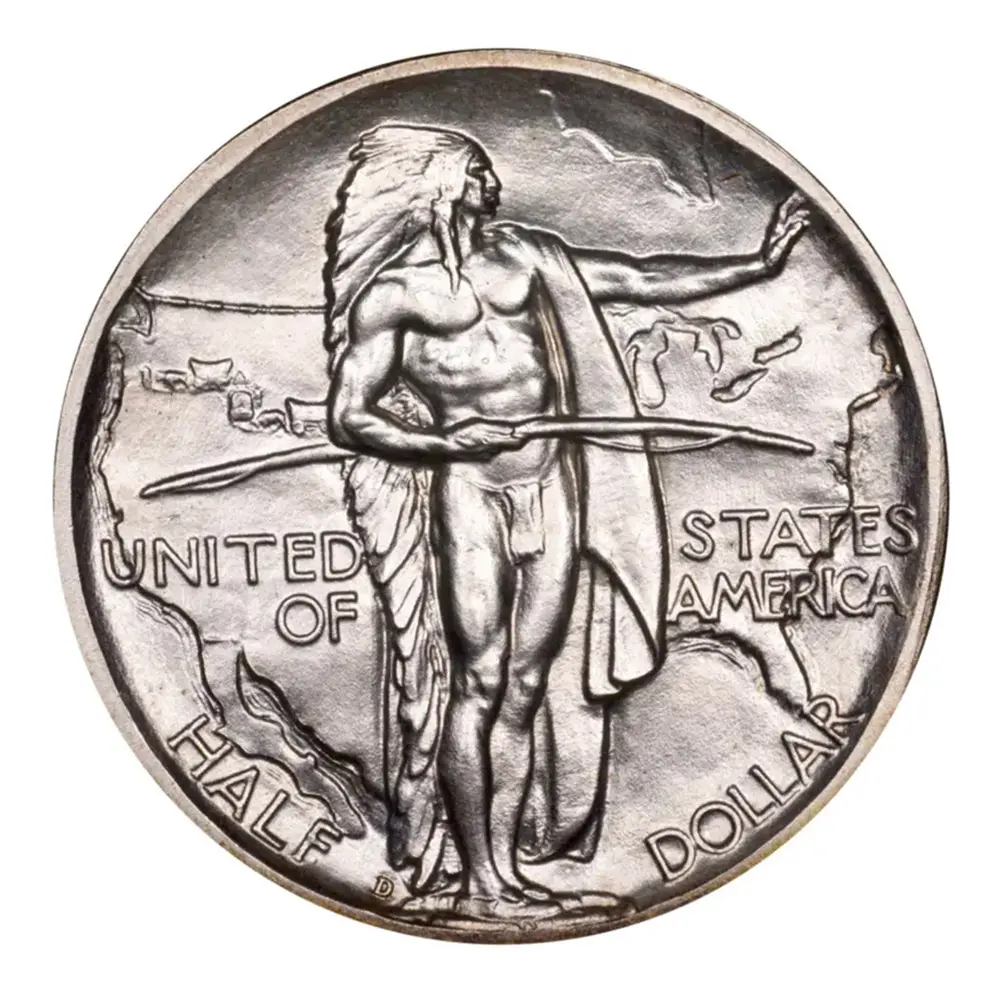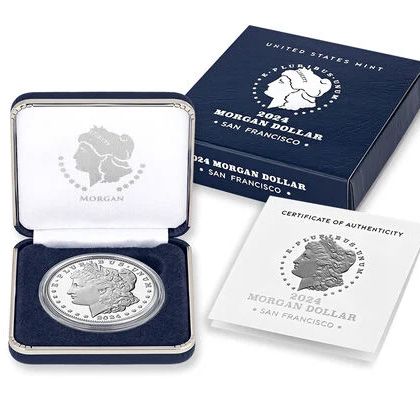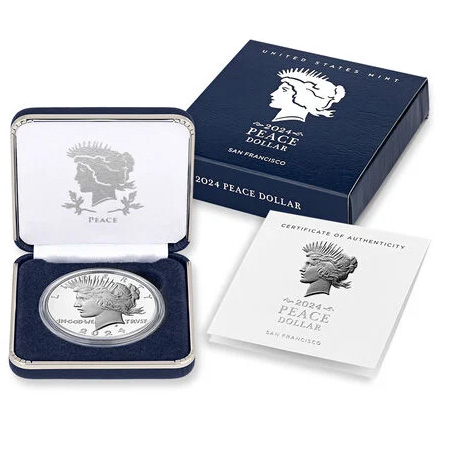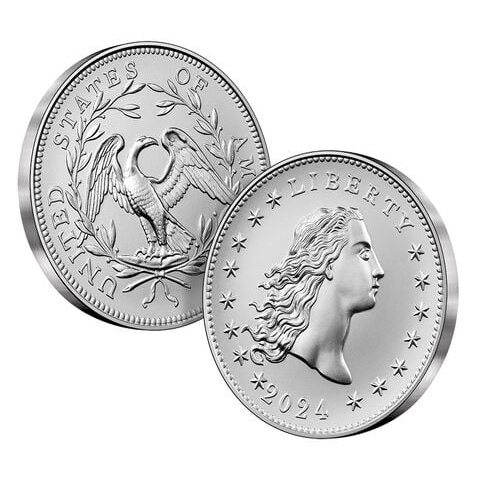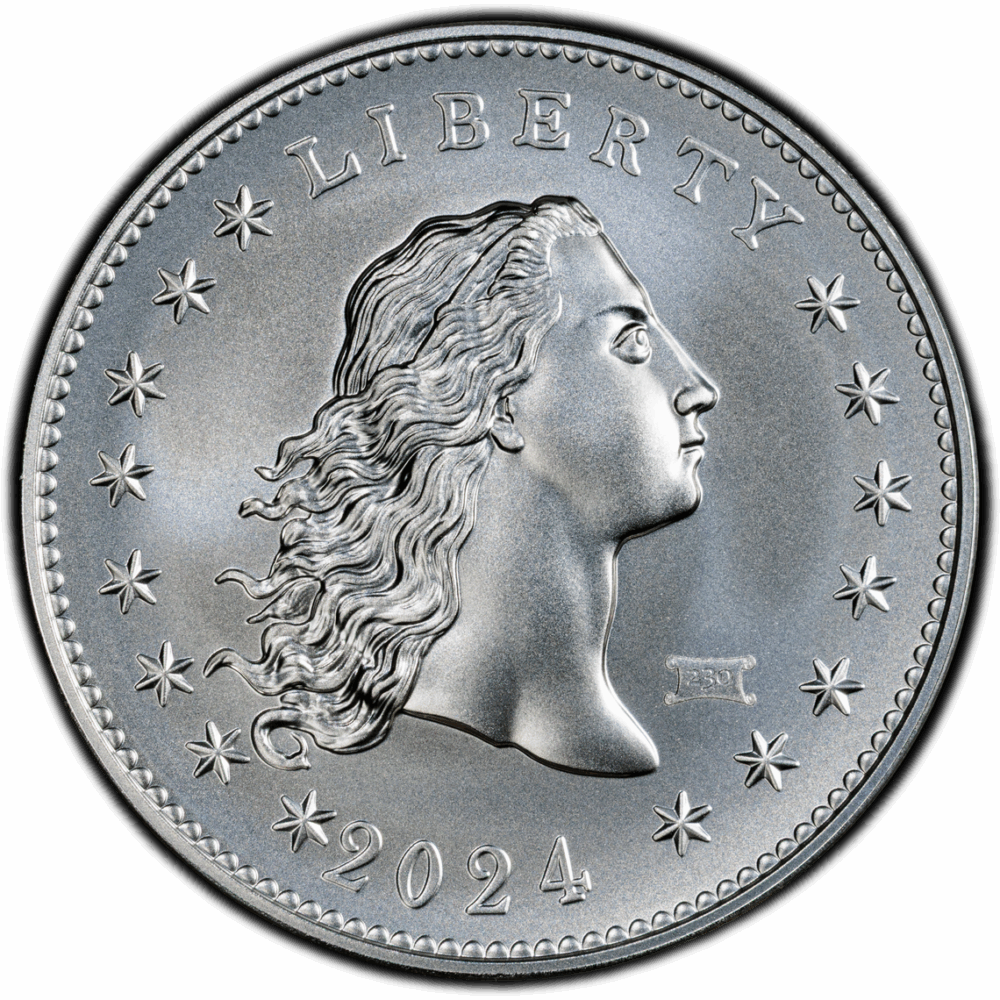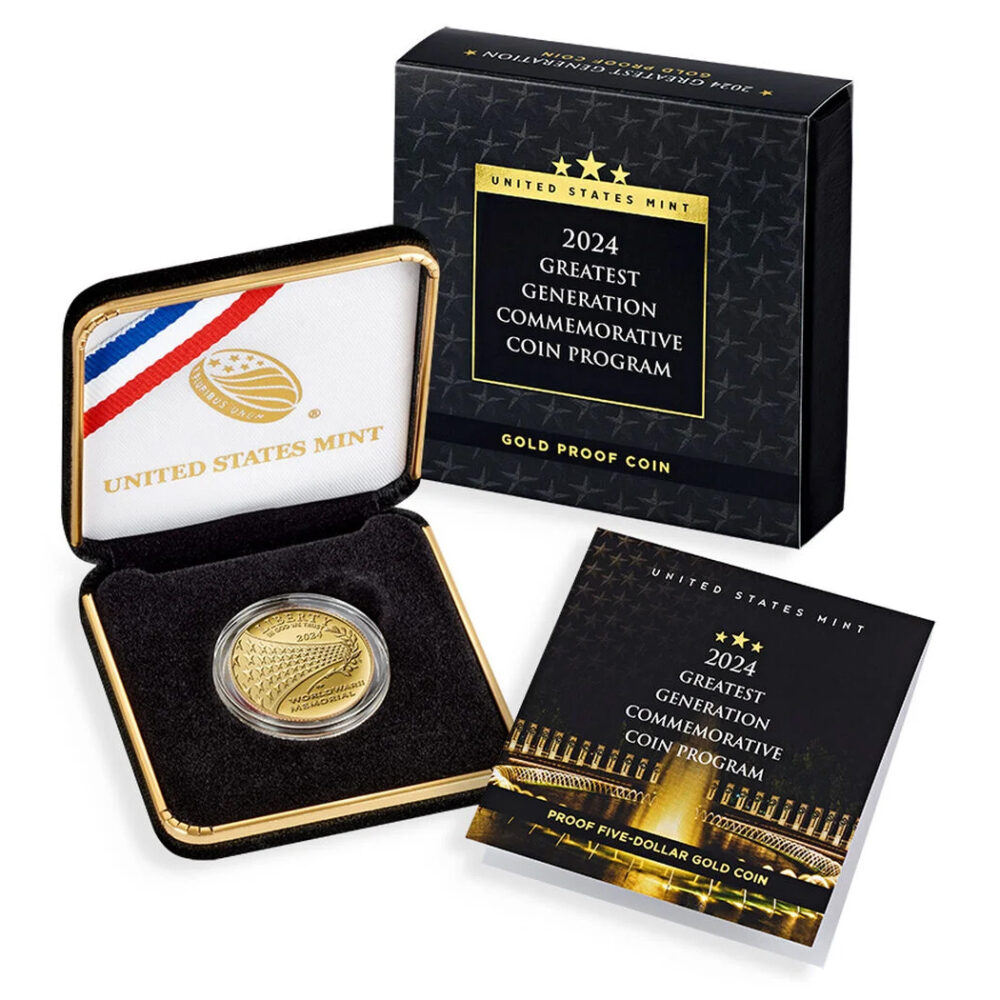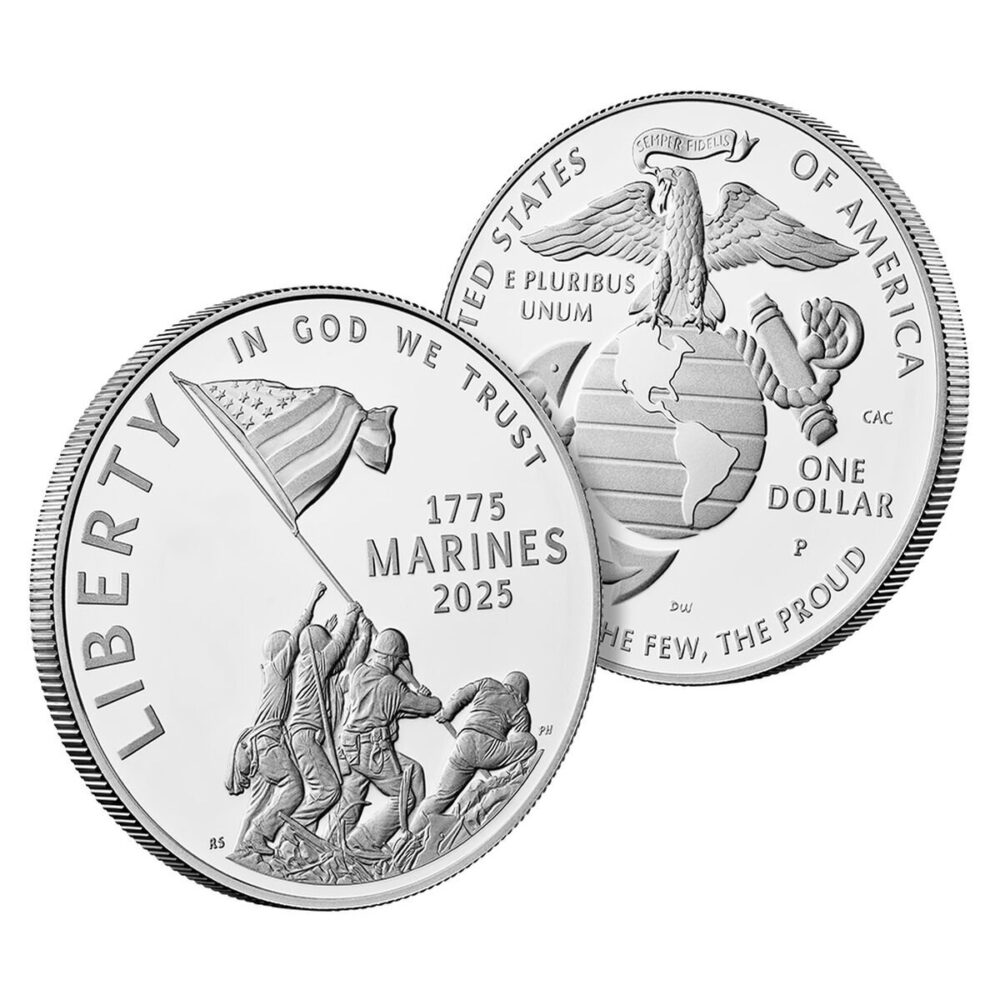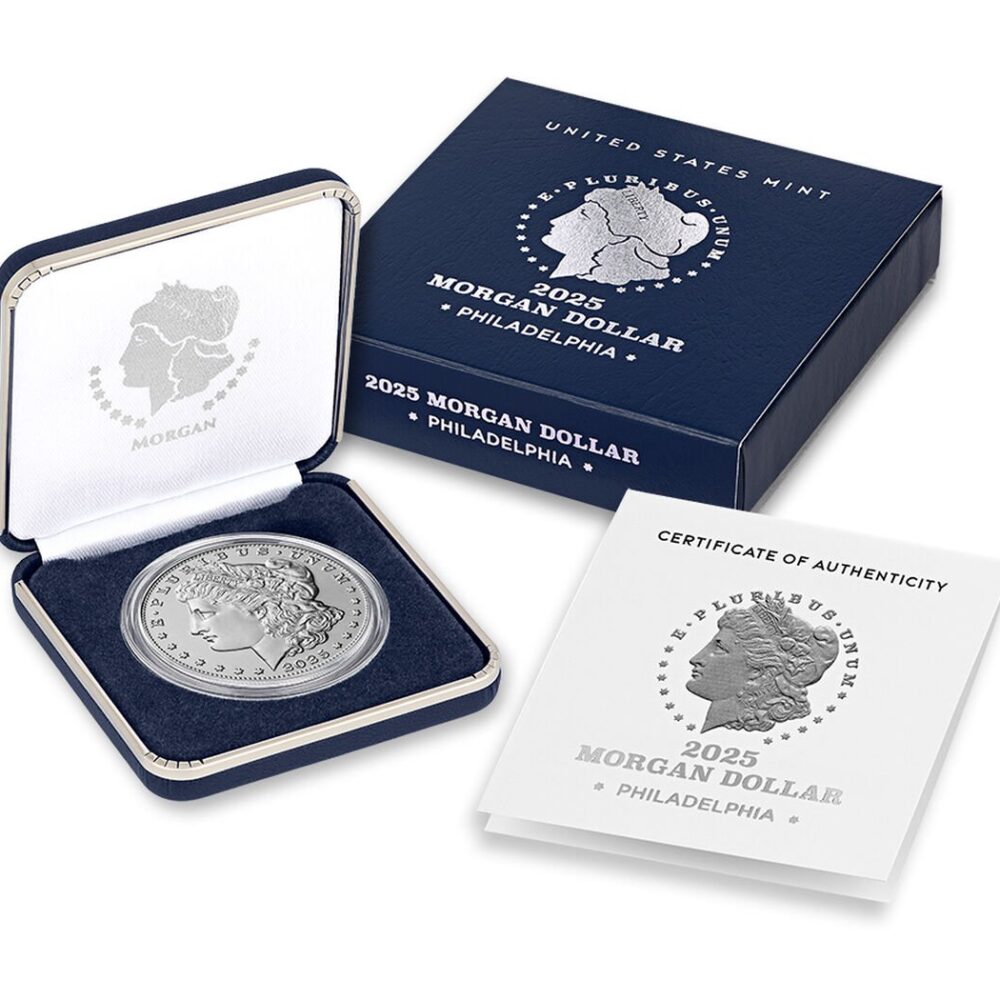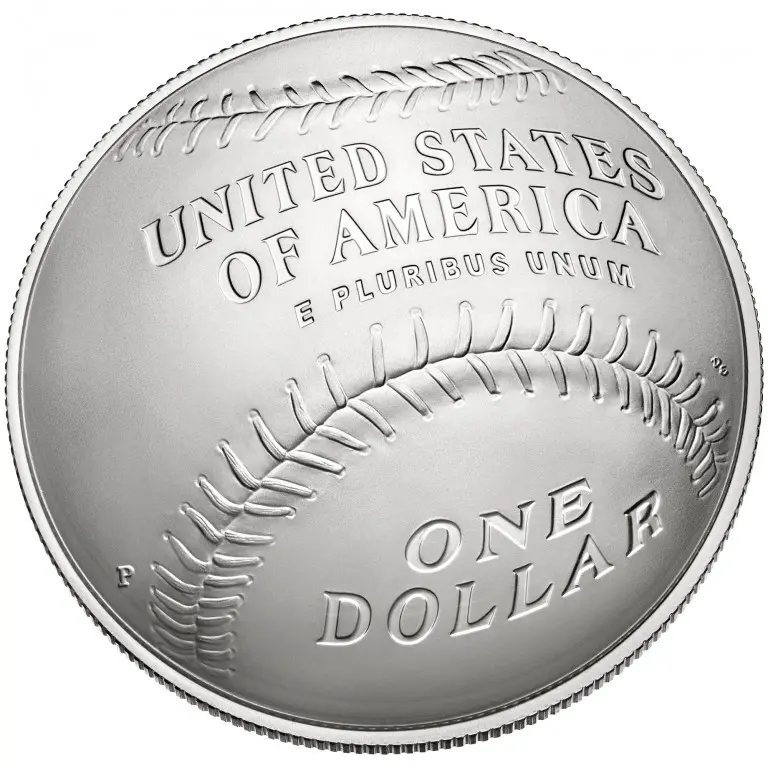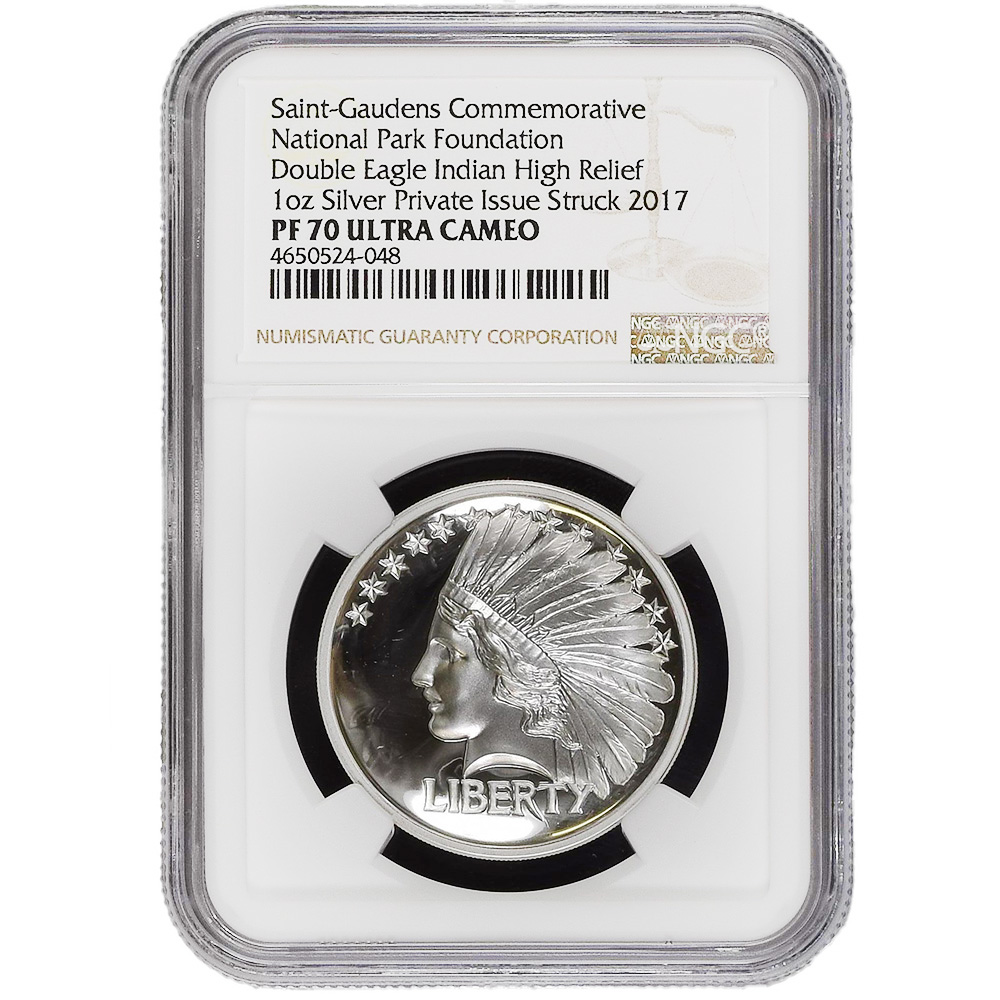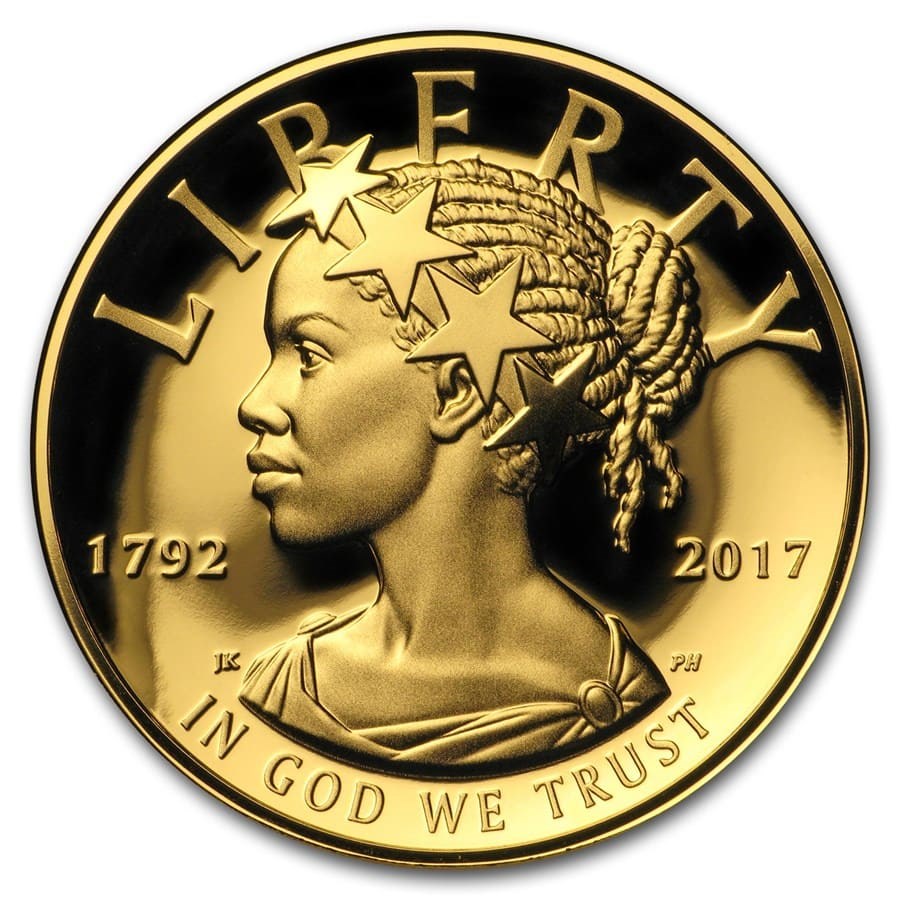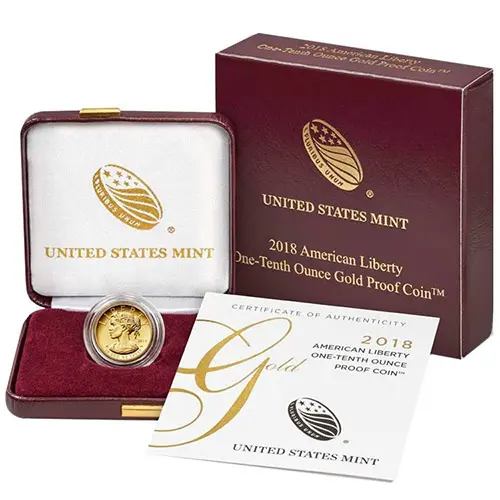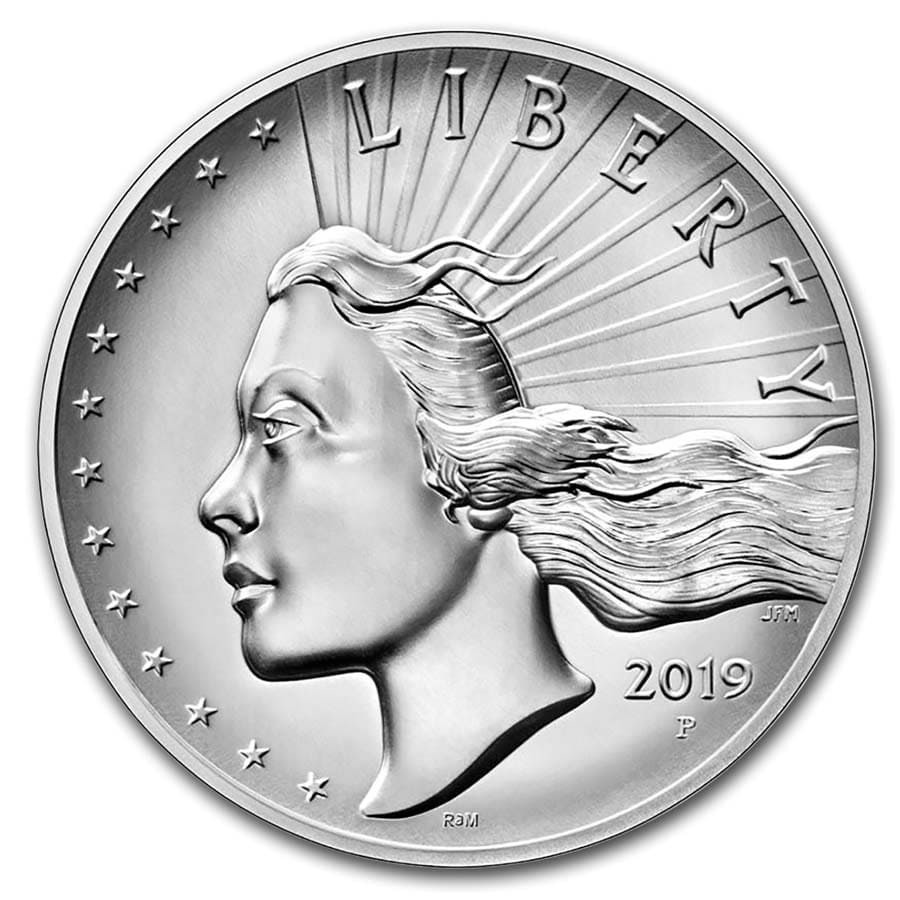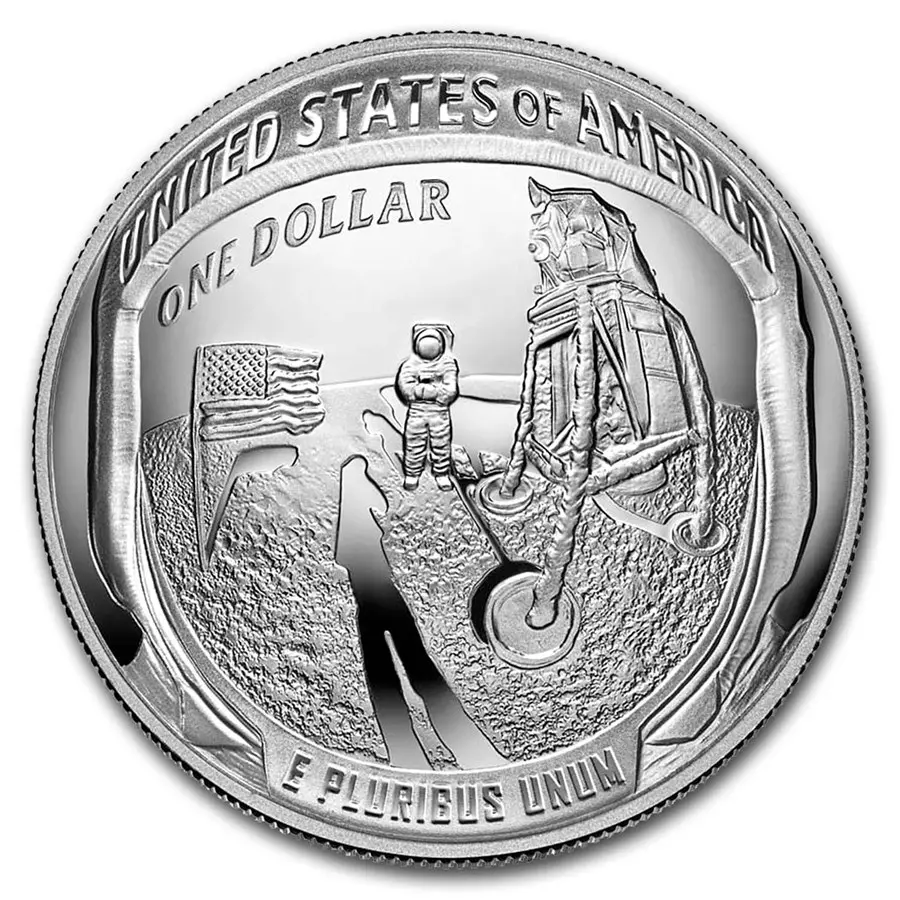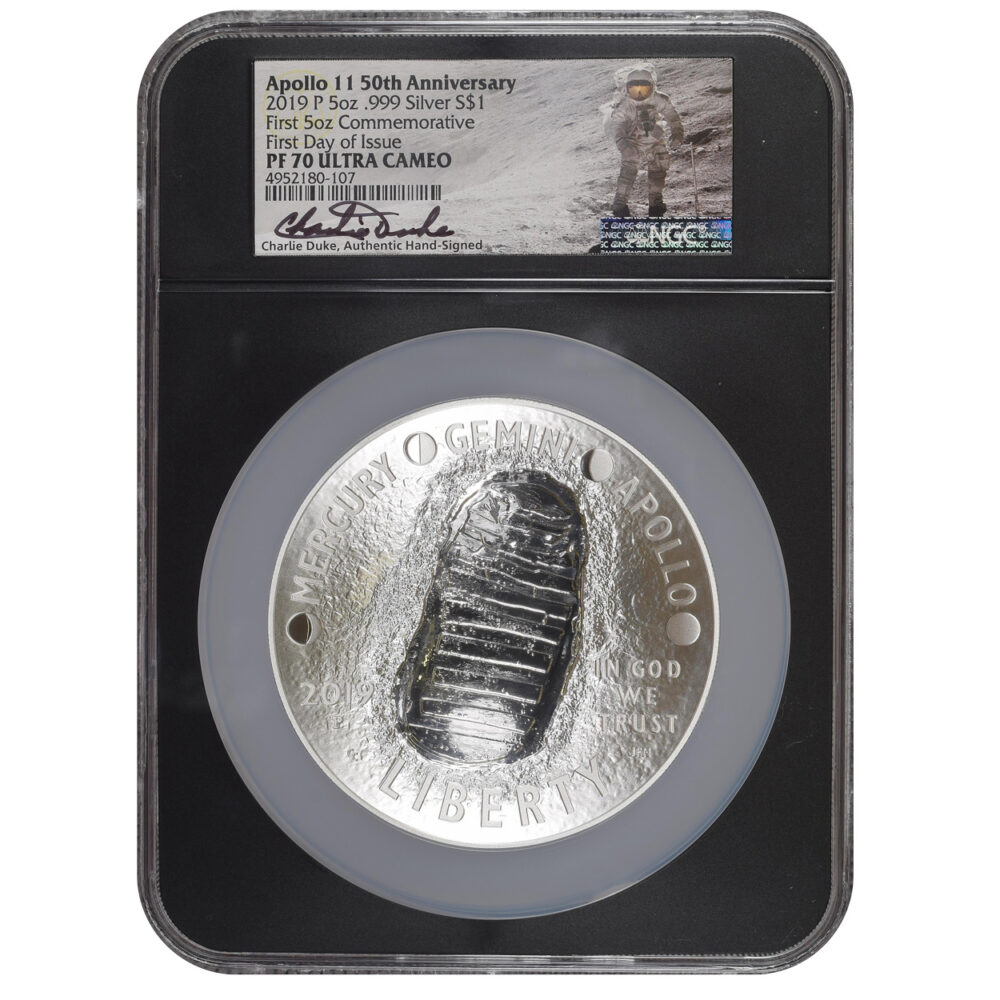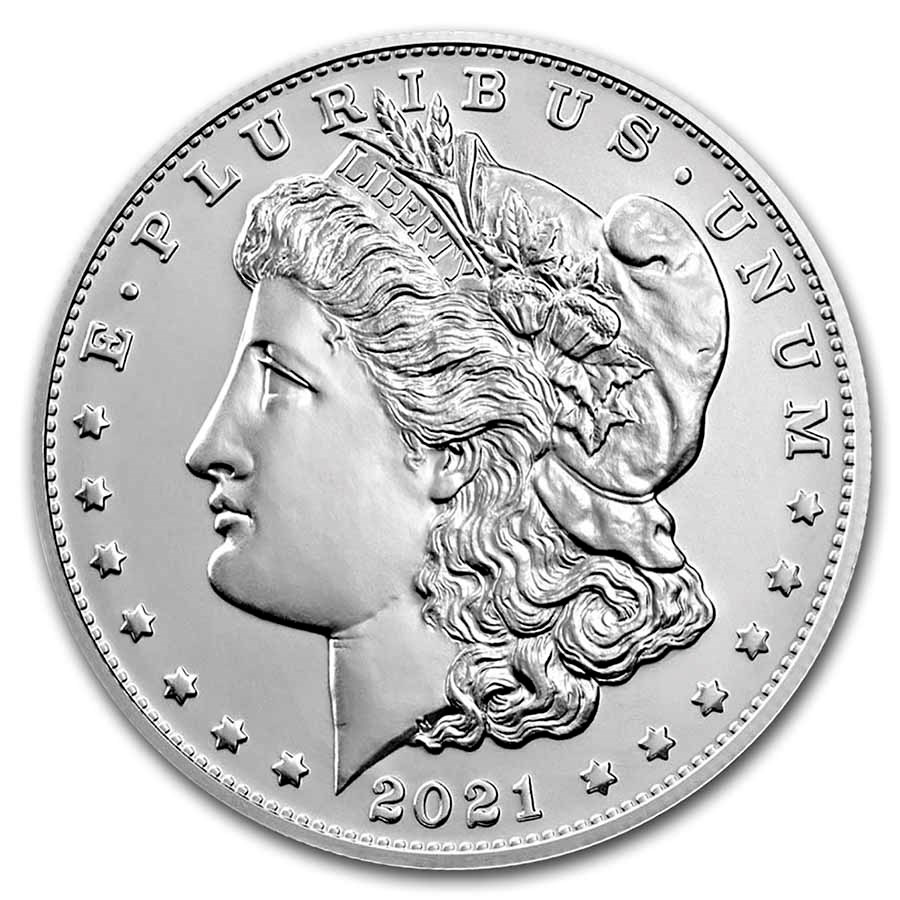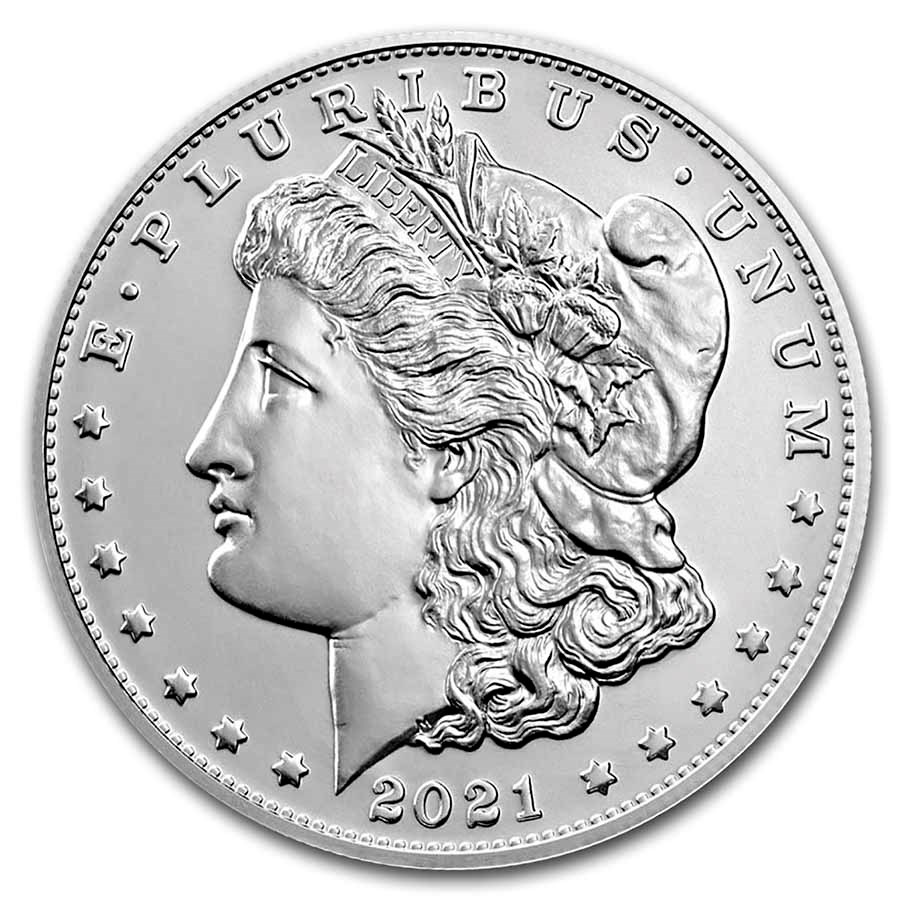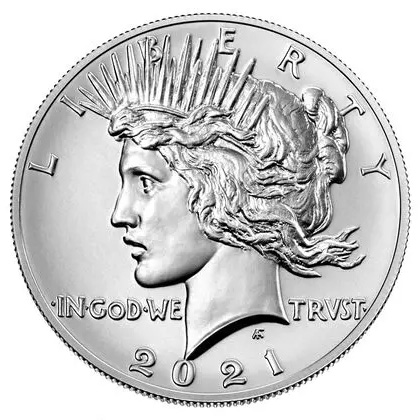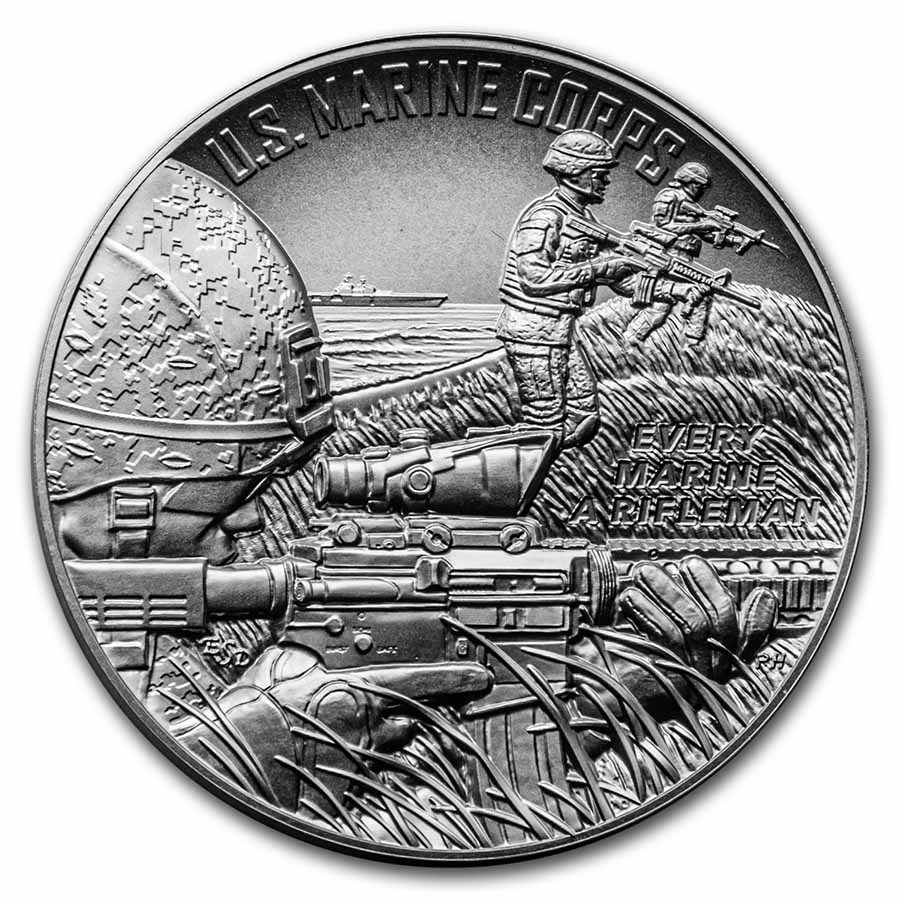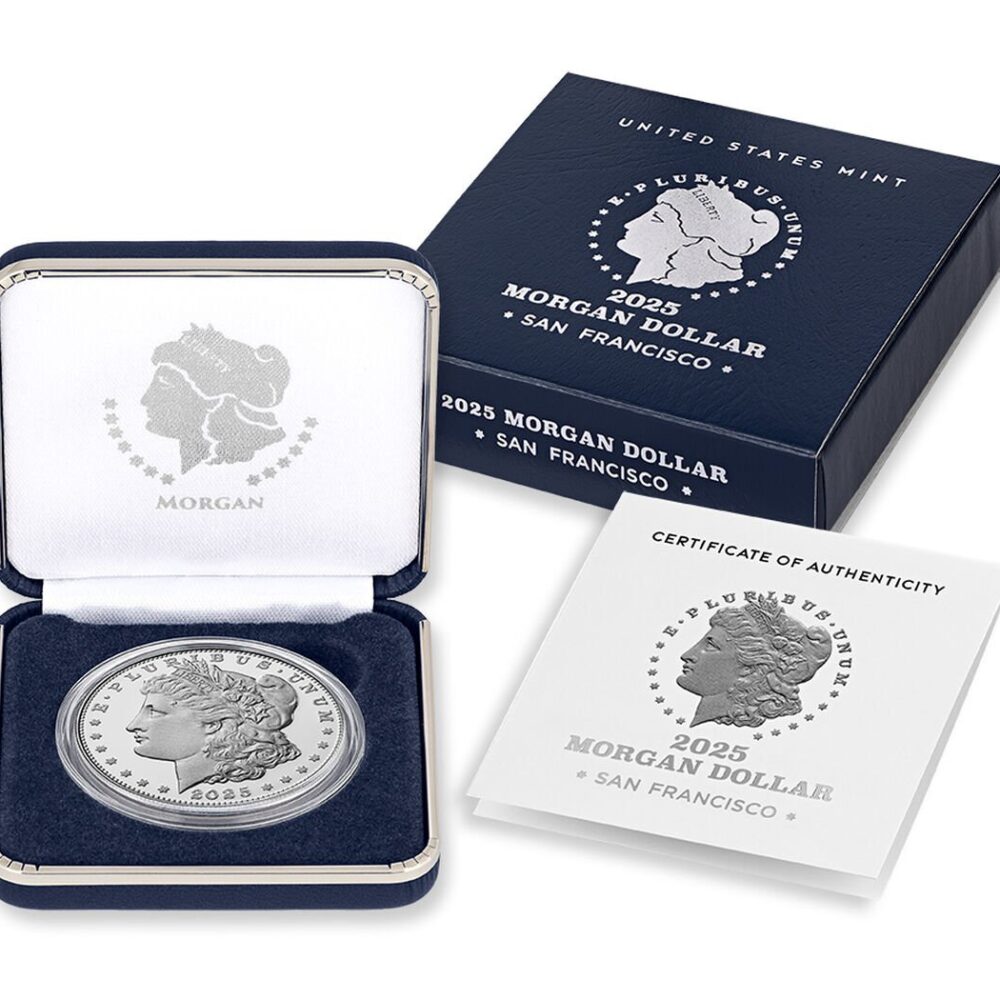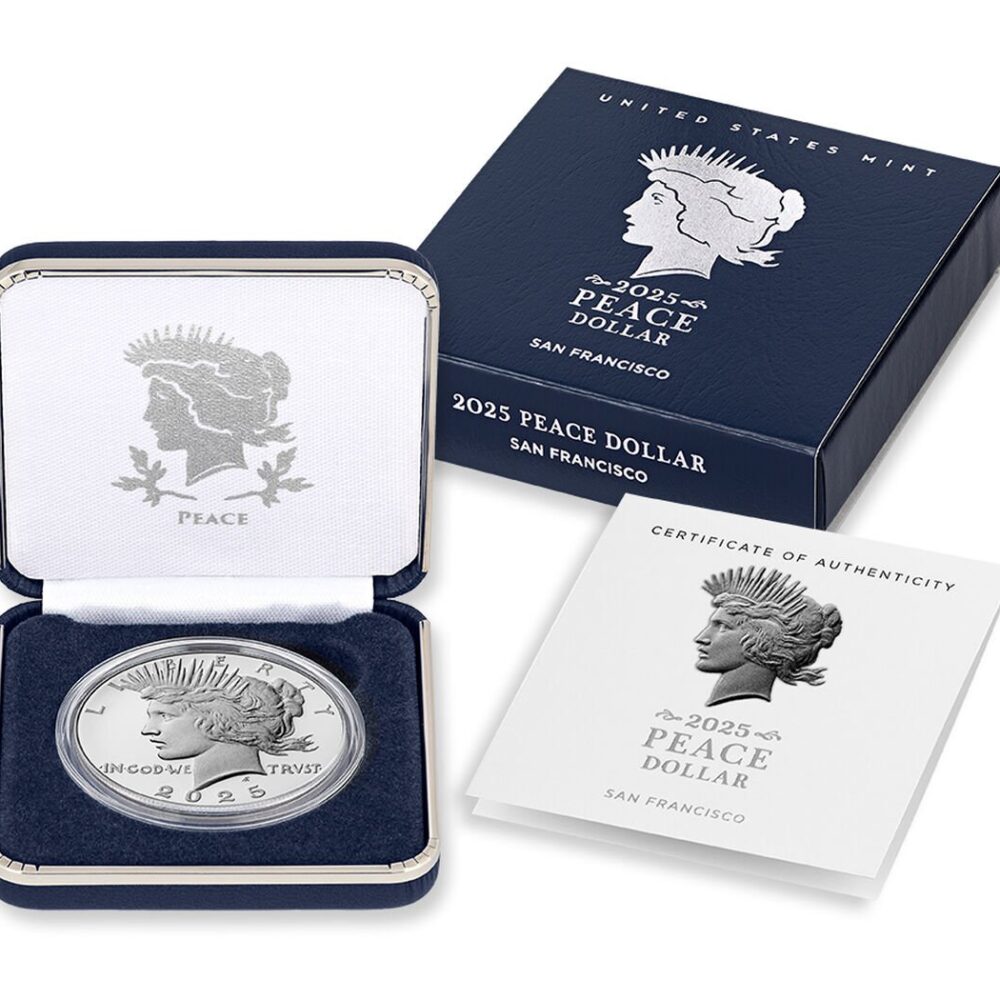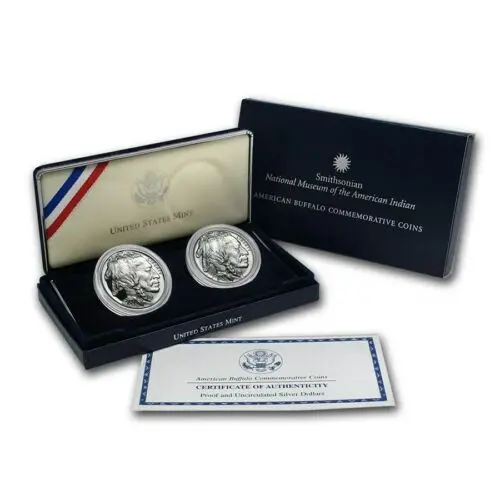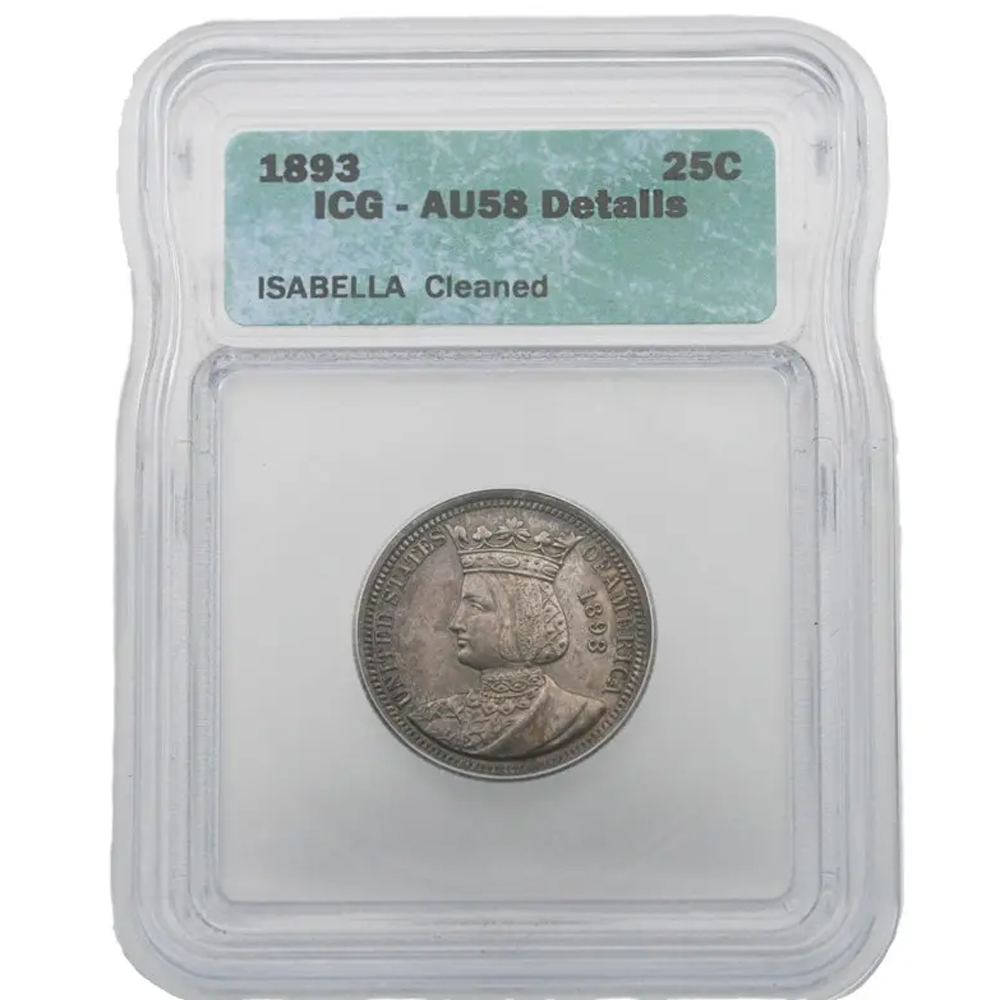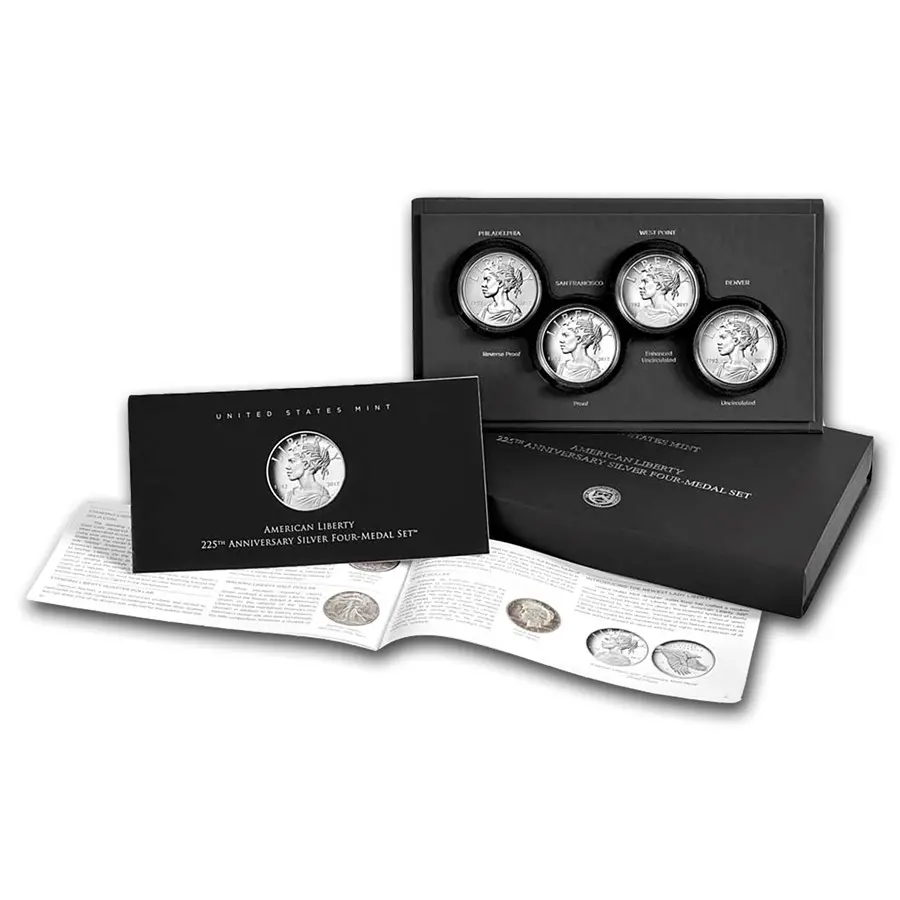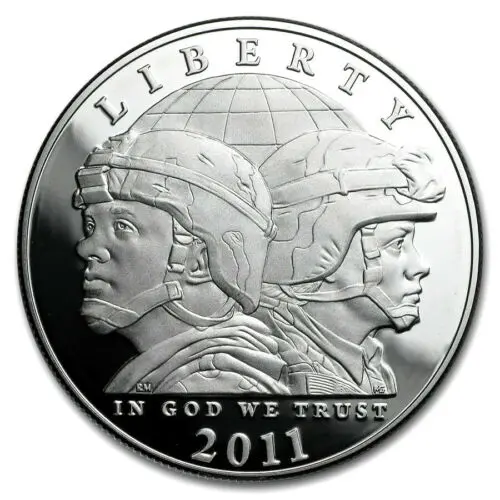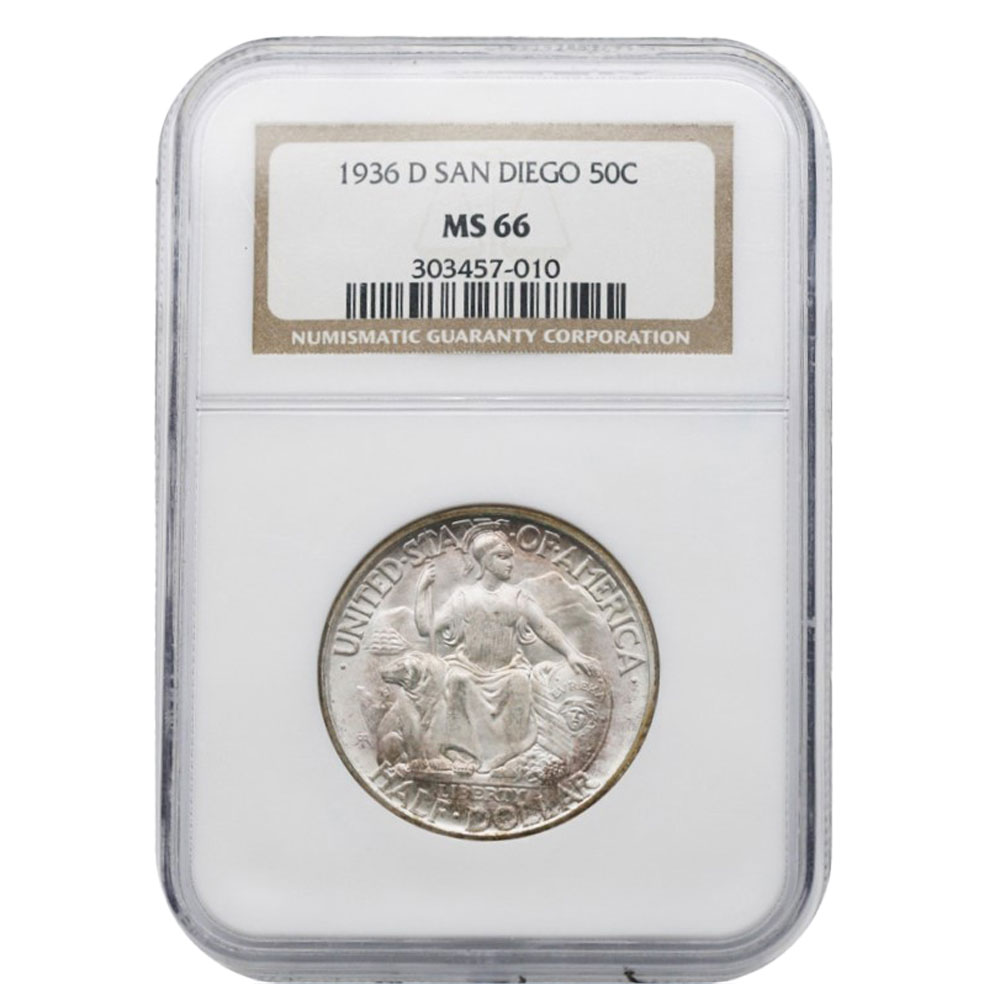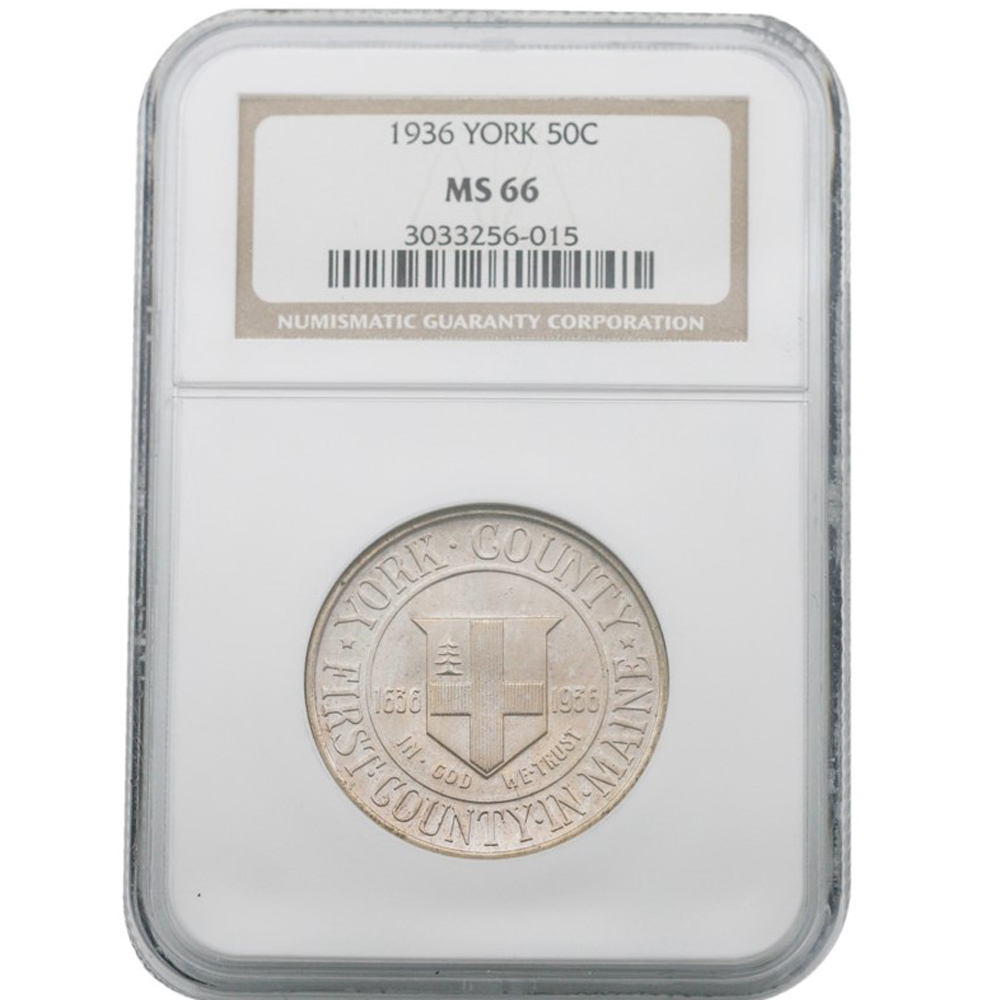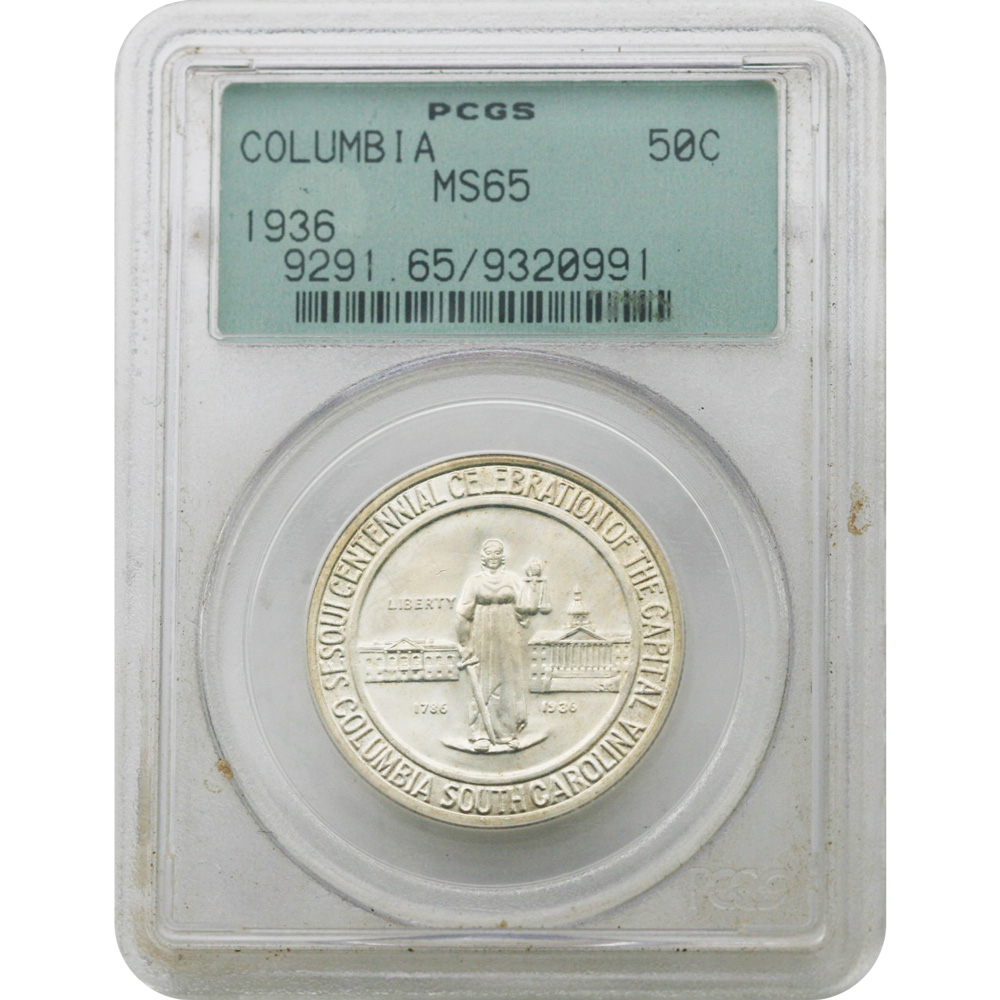U.S. Commemoratives
Classic U.S. Commemoratives (1892–1954)
The classic commemorative era began with the 1892 Columbian Exposition Half Dollar, the first U.S. coin issued to mark a specific historical event. Over the next six decades, the Mint released numerous commemoratives, usually half dollars but also some gold coins. These were typically authorized by Congress to fund public projects, expos, or monuments.
-
Designs and Themes: Classic issues covered a wide variety of subjects — from the Panama-Pacific Exposition (1915) to historical anniversaries like the Stone Mountain Half Dollar (1925). These coins often featured artistic and symbolic designs, but some became controversial when Congress approved them simply to raise funds.
-
Denominations: Most were half dollars, though a few gold $1, $2.50, and $50 coins were issued (such as the Panama-Pacific gold pieces).
-
Metal Purity: All silver commemoratives of this era were struck in .900 fine silver, the same as circulating dimes, quarters, and halves. Gold commemoratives were struck in the .900 gold, .100 copper alloy used for regular U.S. gold coins of the time.
-
Collectibility: Many classic commemoratives were issued in limited quantities, often sold only at specific events. Some coins, like the Hawaiian Sesquicentennial Half Dollar (1928), are rare and highly valuable today.
-
Classic commemoratives (1892–1954) = 90% silver or gold.
By 1954, the program ended because of overproduction, collector fatigue, and abuse of the authorization process (some coins were struck in very low mintages only to drive up prices).
Modern U.S. Commemoratives (1982–Present)
After a nearly three-decade hiatus, the commemorative program was revived in 1982 with the George Washington 250th Anniversary Half Dollar, which marked a new beginning. Since then, commemoratives have been issued almost every year, celebrating people, events, institutions, and cultural heritage.
-
Denominations and Metals: Modern commemoratives have included half dollars, silver dollars, and $5 or $10 gold coins, and occasionally platinum coins.
-
Silver Purity: From 1982 through 2018, silver dollars were struck in .900 fine silver, mirroring the classic composition. In 2019, the Mint transitioned to .999 fine silver, bringing U.S. commemoratives in line with global bullion standards.
-
Gold Purity: Modern commemorative gold coins are struck in .900 fine gold (like pre-1933 gold coins), though the Mint has also released some .9999 fine gold issues.
-
Platinum Purity: Platinum commemoratives are struck in .9995 platinum, the global bullion standard.
-
Premium Issues: The Mint expanded offerings with Proofs, Uncirculated collector versions, and sometimes sets with medals or multiple coins. Prestige and Premier proof sets (1980s–1990s) often bundled commemoratives with regular proof sets, making them premium collectibles.
-
Modern commemoratives (1982–2018) = 90% silver / 90% gold (clad halves unchanged).
-
Modern commemoratives (2019–present) = .999 silver / .9999 gold (clad halves unchanged).

